Remember when big-budget campaigns with Bollywood stars or global celebs were the holy grail of brand marketing? Fast forward to 2025, and the landscape has changed dramatically. Today, it’s not about how big your influencer is – it’s about how real they seem to their audience.
Brands are now swapping mega-celebs for micro (10k-100k followers) and nano influencers (less than 10k followers) – creators who may not be famous but are credible voices in their field.
So what’s driving this shift? Let’s dive deeper into this change and see why micro and nano influencers are the new faces of digital marketing.
Why size doesn’t always matter anymore
- Authenticity over aesthetics
Today audiences can recognise sponsored posts from a mile away. With mega influencers, there’s often a sense of isolation – the content feels polished, staged and ultimately less trustworthy.
In contrast, micro and nano influencers post:
Raw, behind-the-scenes content
Honest reviews
Daily life moments with subtle product placement
Think of it this way: you’re more likely to buy a skincare product recommended by your trusted cousin (the nano influencer) than a celebrity who’s paid millions to endorse, right?
- Higher engagement rates
Here’s the big one – smaller influencers have higher engagement.
According to a study by Influencer Marketing Hub:
Nano influencers have an average engagement rate of 4%-7%
Mega influencers? Just 1%-1.5%
This means their followers are actually listening, commenting and most importantly – taking action. Real-world example: Local bakery success
A small artisan bakery in Mumbai collaborated with 15 food micro-influencers in the city. No big names, just foodies with 15k-50k followers. Within 2 weeks:
Website visits doubled
Instagram followers increased by 35%
Sales of their signature sourdough increased by 70%
No celebrity endorsement. Just honest love from people who already love food.
The Business Case: Why brands love micro and nano influencers
- Affordable campaigns
Running a campaign with a mega influencer can cost upwards of ₹5-10 lakh per post. Micro-influencers? You can run 10-20 collaborations and get more diverse content in the same budget. This is smart spending, especially for:
Startups
D2C brands
Regional businesses
- Hyper-targeted audience
A fitness influencer with 20k followers might have:
70% of followers are in the 20-35 age group
80% are in tier 1 and tier 2 Indian cities
Niche interest: Plant-based diets
Now imagine how powerful this is for a brand selling vegan protein. That’s laser-focused marketing.
How to leverage micro and nano influencers in your digital strategy
If you’re a business owner or marketer, here’s how you can take advantage of this shift:

- Clearly define your goals
Want to increase website traffic?
Want more social media mentions?
Looking for UGC (user-generated content) for ads? Pro tip: Use tools like Google Analytics, Meta Pixel or Hotjar to track performance after the campaign.
- Use digital marketing tools to find influencers
Platforms like:
Collabstr
Heepsy
Influencity
These help you filter influencers by location, audience size, niche, engagement and more.
- Run performance-based campaigns
Stay away from vanity metrics. Instead:
Set KPIs: clicks, coupon code use, shares, comments
Use affiliate links or UTM tracking
Pay partly on performance (CPC or CPA)
- Collaborate on content, don’t dictate
Let influencers add their own flavour. Their audience likes them for a reason – don’t take that away by scripting everything. Example: Instead of saying, “Post an unboxing reel at exactly 7pm,” say, “Show how you use our product naturally in your routine.” The future of influencer marketing: Where are we headed? Prediction 1: Influencers will become brand co-creators Expect more long-term collaborations where influencers help design products, not just promote them. Example: A nano fashion influencer helps a local brand create a sustainable clothing line. Prediction 2: AI + analytics will drive influencer options Digital analytics and online performance marketing tools like: Google Data Studio HubSpot Sprout Social Brands will make decisions based on data, not just gut feelings. Prediction 3: B2B influencers will rise It’s not just beauty and fashion. Think:
Finance experts on LinkedIn
HR consultants with a strong presence on Twitter/X
Tech YouTubers with a loyal following
Online media marketing will expand just as rapidly in B2B as it does in B2B.
Digital marketing
✅ Also consider internal linking to:
- “Top 10 Free Tools for Digital Marketing in 2025”
- “How to Build a Social Media Strategy That Actually Works”
And external linking to:
- Statista: Influencer Marketing Stats

Conclusion: It’s Time to Think Small to Win Big
Micro and nano influencers might not be household names, but their influence is real, powerful, and growing. They speak directly to their tribe, their content is trusted, and their recommendations feel more like a friend’s suggestion than a hard sell.
In a digital marketing world that’s becoming oversaturated with noise, authenticity is the new currency—and micro creators are rich in it.

